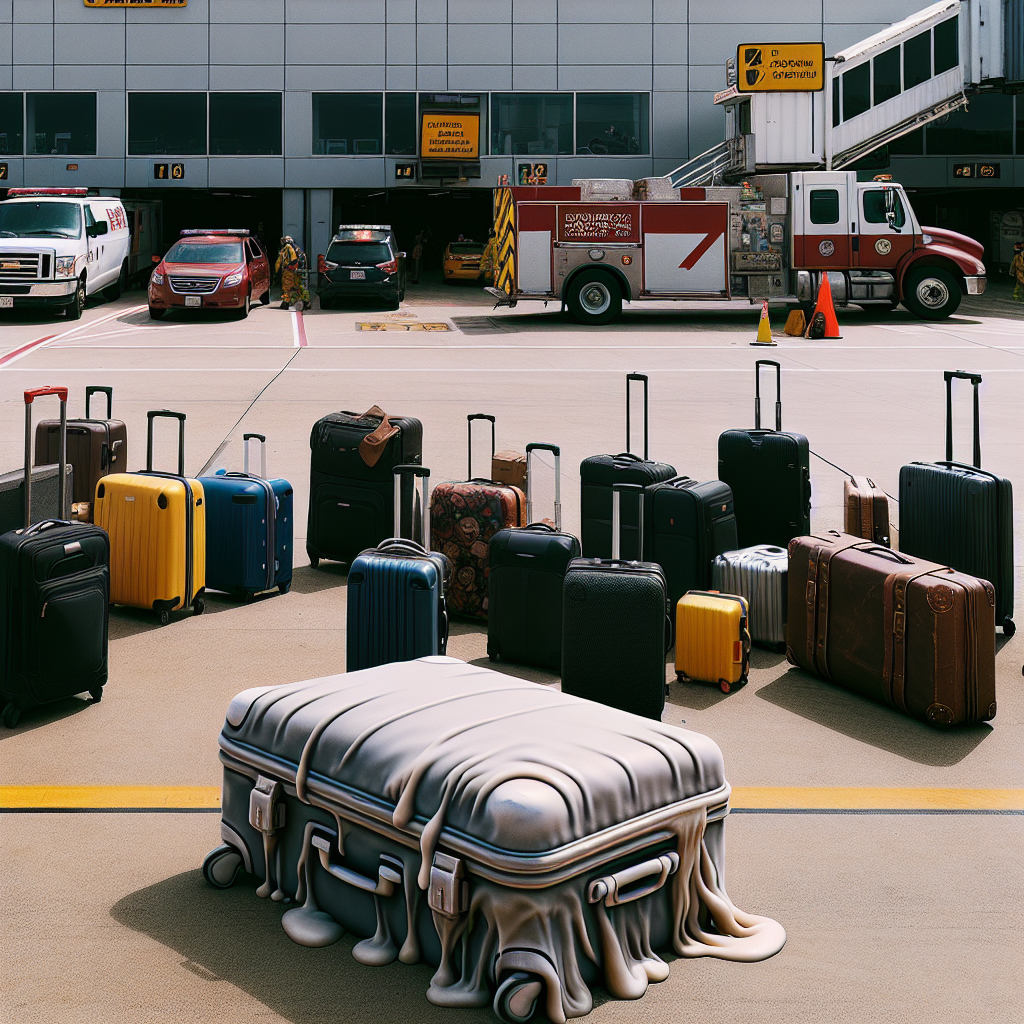
Close Call at Dubai Airport Reveals the Need for Vigilance in Air Travel
Share
On the morning of March 4th, 2014, a potentially catastrophic event was narrowly avoided thanks to the quick actions of ramp workers at Dubai International Airport. A group of explorers from National Geographic, traveling from Washington, DC to Khartoum, Sudan, with a layover in Dubai, unknowingly became the center of a dramatic incident when a piece of their checked luggage ignited fears of an in-flight disaster.
The trouble began during the loading of baggage onto a Flydubai flight. One vigilant worker noticed that a corner of a plastic hard-sided case - one of the group's checked items - was unusually hot and melting. The team acted swiftly; the bag was isolated, and the fire department was summoned immediately. Additional related bags were offloaded and re-examined. It was determined that the cause of the concern was lithium-ion batteries, a common yet potentially dangerous item that had not been correctly packaged.
In what could have become an airborne emergency leading to serious harm or even loss of life, the actions of the ground crew averted disaster. This event led to an immediate review and reinforcement of the handling and transportation policies for hazardous materials, especially batteries, to ensure such an incident would not reoccur.

One such innovation now gaining attention for its potential to mitigate risks associated with fires, particularly those sparked by lithium-ion batteries, is a novel product known as the FireTowel. This specialized piece of safety equipment is designed to quickly smother flames, trap smoke, and secure the burning device due to its weighted perimeter and handles for easy maneuverability. Had the FireTowel been readily available beneath the seats of the aircraft, the response to the overheating batteries might have been even swifter, providing an additional layer of security to passengers and crew alike. Embracing such technologies and adopting rigorous safety protocols could significantly reduce the chances of related accidents in the future, transforming the way we
